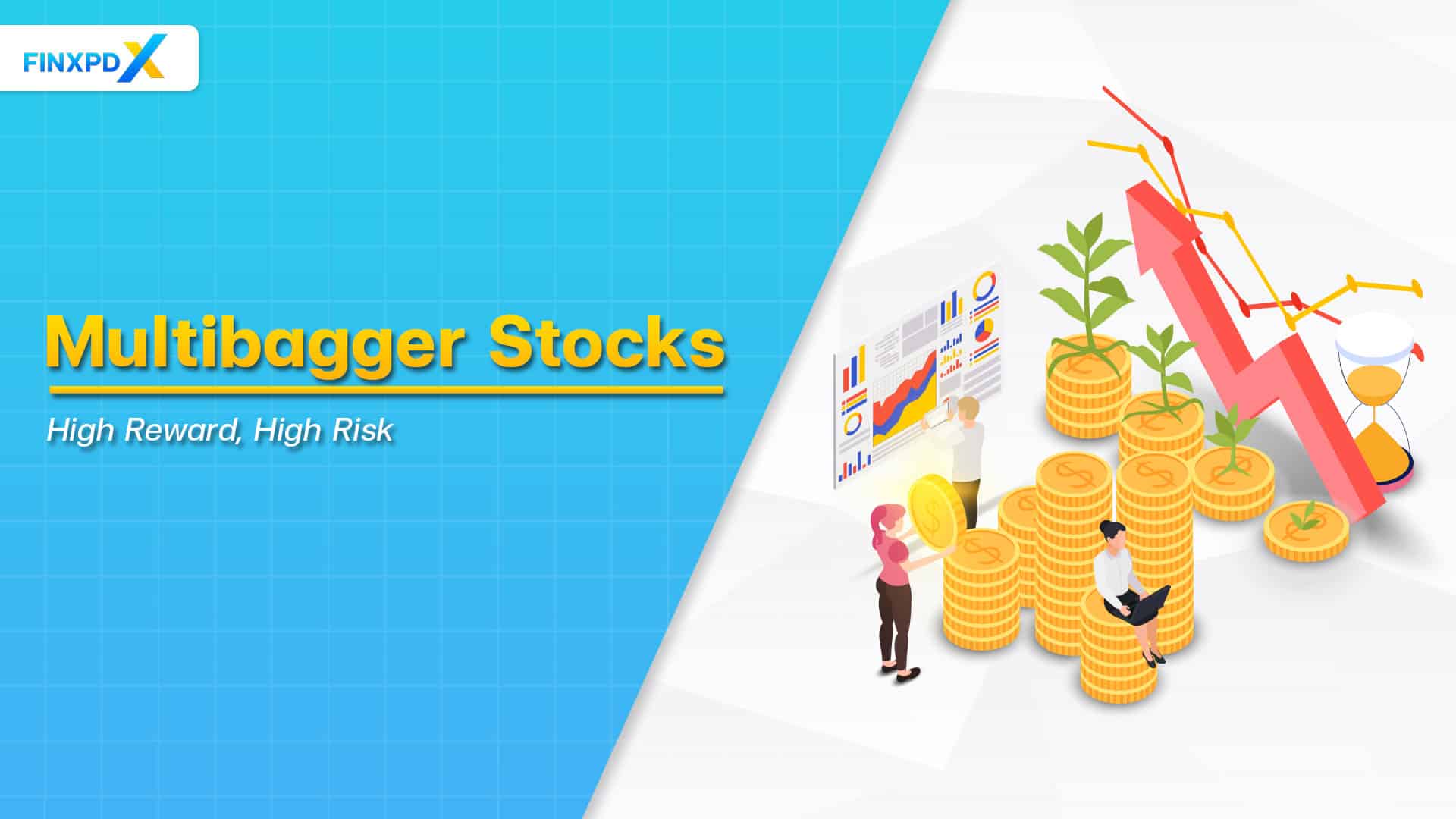The stock market, a dynamic and integral part of the global economy, offers numerous opportunities for investors to grow their wealth. However, it also presents a fertile ground for fraudulent activities and scams.
This article delves into the most infamous stock market scams, analyzing their structure, execution, and consequent impact.
What Are Stock Market Scams?
Stock market scams are deceptive strategies that aim to manipulate the stock market for illegal financial gain. These scams are not just limited to selling worthless stocks to unsuspecting investors; they can be complex schemes designed to mislead and defraud. Typically, they involve the dissemination of false information, insider trading, stock price manipulation, or outright theft of investors’ funds.
The allure of high returns often blindsides investors, making them susceptible to these scams. The complexity and variety of these fraudulent activities make them a persistent challenge in the financial world, demanding vigilance and informed decision-making from investors.
Top 10 Stock Market Scams
1. Harshad Mehta Scam (1992)

The Harshad Mehta Scam, unfolding in 1992, was a colossal stock market fraud orchestrated by Harshad Mehta, a well-known Indian stockbroker. Known as the ‘Big Bull’, Mehta exploited several loopholes in the Indian banking system and the Bombay Stock Exchange (BSE) mechanism. The scam was primarily based on artificially inflating the stock prices of certain companies, leading to an unprecedented bull run in the market.
Execution:
Mehta’s strategy involved manipulating bank receipts and siphoning off funds from the banking system to buy large quantities of stocks. He managed to channel these funds into the stock market, pumping up the prices of selected stocks massively. This manipulation created a false market boom, attracting numerous investors who were unaware of the underlying scam.
Impact:
The scam had a devastating impact when it unraveled. The stock market crashed, wiping out billions of dollars in market value and leading to a complete loss of investor confidence. The repercussions were felt throughout the Indian financial system, leading to significant reforms in both the stock market and the banking sector to prevent such fraud in the future.
2. Ketan Parekh Scam (2001)

The Ketan Parekh Scam was a major financial scandal that shook the Indian stock market in 2001. Parekh, a former stockbroker, was instrumental in manipulating the stock market. He focused primarily on a select group of stocks, famously dubbed as the ‘K-10’ stocks. These were mainly from the IT, media, and entertainment sectors.
Execution:
Parekh exploited the stock market using funds borrowed from banks and corporations. He injected these funds into the stock market, artificially inflating the prices of his selected stocks. His strategy involved circular trading and rigging share prices, where he would trade stocks among a network of companies he controlled, creating an illusion of high demand and artificially inflating stock prices.
Impact:
The scam’s exposure led to a significant crash in the Indian stock market, causing massive financial losses for investors. The market’s credibility was severely damaged, leading to a crisis of confidence among the investing public. In response, regulatory bodies like the Securities and Exchange Board of India (SEBI) implemented stricter rules and oversight mechanisms to prevent such manipulation in the future.
3. Bernie Madoff’s Ponzi Scheme (2008)

Bernie Madoff’s Ponzi scheme, revealed in 2008, is considered one of the largest and most devastating in financial history. Madoff, a former NASDAQ Chairman, deceived thousands of investors. This included individuals, charities, and institutions, all through his firm, Bernard L. Madoff Investment Securities LLC. His scheme promised consistently high returns through what he claimed were unique investment strategies.
Execution:
In reality, Madoff’s firm operated a classic Ponzi scheme. Rather than investing clients’ funds, he used new investors’ money to pay returns to earlier investors, creating the illusion of a highly successful investment strategy. This facade was maintained for decades, partly due to Madoff’s reputation and the aura of exclusivity he created around his investments.
Impact:
When the scheme unraveled amidst the 2008 financial crisis, it revealed losses of approximately $65 billion, including fabricated gains. The collapse of Madoff’s scheme caused catastrophic losses for many investors and shook the global financial community. It led to heightened scrutiny of financial institutions and investment practices, resulting in stricter regulatory controls to prevent similar frauds.
4. Enron Scandal (2001)

The Enron Scandal, one of the most infamous corporate scandals in history, came to light in 2001. Enron Corporation, an energy company based in Houston, Texas, was involved in one of the biggest accounting frauds ever seen. The scandal exposed how Enron’s top executives, including CEO Kenneth Lay and CFO Jeffrey Skilling, misled the public and shareholders about the company’s financial health.
Execution:
Enron’s management used complex accounting loopholes and special purpose entities to hide billions of dollars in debt from failed projects and investments. This manipulation allowed the company to present a highly embellished financial state, leading to inflated stock prices. The company’s unethical practices included illicit partnerships, deceptive reporting, and risky financial strategies, all hidden from the eyes of investors and regulators.
Impact:
The revelation of the scandal led to Enron’s bankruptcy, one of the largest in American history at the time. It caused significant financial losses for employees and shareholders, many of whom had their life savings invested in Enron stocks. The scandal had a profound effect on the business world, leading to major changes in corporate governance and accounting standards, including the passage of the Sarbanes-Oxley Act in 2002 to prevent similar corporate malfeasance.
5. Satyam Scandal (2009)

The Satyam Scandal is a major corporate scandal in India that surfaced in 2009. It involved Satyam Computer Services, one of India’s biggest IT services companies. The company’s chairman, Ramalinga Raju, confessed to manipulating the company’s accounts, resulting in fraud totaling about $1.47 billion. This scandal is often referred to as “India’s Enron.”
Execution:
Raju and his accomplices fabricated the company’s revenue, profits, and margin figures over several years. They inflated the company’s financial health by creating non-existent customers and revenues, alongside manipulating the company’s balance sheet to reflect a healthy and growing company. This deceit not only misled investors but also the board members and auditors.
Impact:
The exposure of the fraud led to a dramatic fall in the company’s share price, eroding its market value and investor trust. It caused significant damage to the reputation of the Indian IT industry and corporate governance standards in India. The scandal prompted the Indian government to tighten its corporate governance and accounting standards, similar to the Sarbanes-Oxley Act in the United States.
6. WorldCom Scandal (2002)

The WorldCom Scandal, revealed in 2002, was one of the biggest accounting frauds in history, second only to Bernie Madoff’s Ponzi scheme. WorldCom, a telecommunications company, was found to have inflated its assets by around $11 billion. This scandal is a classic example of corporate fraud and corruption.
Execution:
The fraud was primarily executed through improper accounting practices. WorldCom’s management, under CEO Bernard Ebbers, misclassified numerous expenses as capital investments, artificially inflating profits to meet Wall Street expectations. They also exaggerated the company’s revenues through bogus accounting entries. This manipulation created the illusion of financial stability and growth, misleading investors and analysts.
Impact:
When the fraud was uncovered, WorldCom filed for bankruptcy, which at the time was the largest in U.S. history. The scandal led to substantial financial losses for investors, significant job losses for employees, and widespread loss of confidence in corporate governance. As a result, regulatory bodies like the SEC intensified their scrutiny of corporate accounting practices, and new reforms, such as the Sarbanes-Oxley Act, were strengthened to prevent similar frauds.
7. NSE Colocation Scam (2015)

The National Stock Exchange (NSE) Colocation Scam, uncovered in 2015, is a significant financial scandal in India’s stock market history. It involved allegations of unfair access given to certain brokers to the NSE’s trading system. This preferential treatment reportedly allowed these brokers to gain an advantage over others in high-frequency trading.
Execution:
The scam was centered around the NSE’s colocation service, where brokers could place their servers within the NSE’s data center. Some brokers, through unscrupulous means, allegedly received faster access to the price feed of the exchange. This allowed them to see market data fractions of a second before their competitors, an advantage they could use to make profitable trades.
Impact:
The revelations of the scam raised serious questions about the integrity and fairness of the NSE, one of India’s leading stock exchanges. It led to a loss of investor confidence and called for a thorough examination of the practices within the Indian trading and regulatory environment. The scandal prompted regulatory bodies to implement stricter controls and more transparent systems to ensure a level playing field for all market participants.
8. Lehman Brothers Collapse (2008)

The collapse of Lehman Brothers in 2008 marked one of the most significant events of the global financial crisis. Founded in 1850, Lehman Brothers was a prominent global financial services firm. Its bankruptcy in September 2008 was the largest in U.S. history and a pivotal moment that intensified the global financial crisis.
Execution:
Lehman Brothers heavily invested in the subprime mortgage market, accumulating large positions in real estate-related assets. As the housing bubble burst and mortgage defaults rose, these assets plummeted in value. Despite these challenges, Lehman continued to report substantial profits and downplayed the risks of its mortgage portfolio. This created a facade of stability and solvency, misleading investors and the public.
Impact:
The bankruptcy sent shockwaves through the global financial system, leading to severe consequences for the world economy. It highlighted the risks of high leverage and risky investments in complex financial products. Lehman’s collapse led to a massive bailout of the financial sector by governments worldwide and prompted significant reforms in banking and financial regulations to prevent similar crises.
9. The Wolf of Wall Street – Jordan Belfort (1990s)

Jordan Belfort’s story, popularized by the movie “The Wolf of Wall Street,” showcases one of the most notorious stock market scams of the 1990s. Belfort founded Stratton Oakmont, a brokerage firm that played a central role in numerous stock market frauds and penny stock scams.
Execution:
The primary strategy employed by Belfort and his firm was “pump and dump.” They would artificially inflate the stock prices of worthless penny stocks through misleading positive statements, thus ‘pumping’ up the stocks. Once the stock prices were high enough, they would ‘dump’ their shares by selling them off and earning huge profits. This left unsuspecting investors with worthless stocks when the prices inevitably crashed.
Impact:
The scam defrauded numerous investors and led to significant financial losses. Belfort’s actions eventually led to legal consequences, including his arrest and a 22-month prison sentence. His case brought to light the predatory practices in certain segments of the stock market, particularly around penny stocks, leading to more stringent regulations and oversight to protect investors.
10. The Nick Leeson and Barings Bank Collapse (1995)

The collapse of Barings Bank in 1995, triggered by rogue trader Nick Leeson, is one of the most dramatic in financial history. Barings, one of Britain’s oldest banks, was brought down by Leeson’s unauthorized and speculative derivative trading.
Execution:
Leeson was posted in Singapore as the head of derivatives trading for Barings. He began making unauthorized speculative trades in futures contracts and accumulated huge losses. Instead of reporting these losses, Leeson hid them in an error account, misleading the bank’s management about the real financial situation. His risky trades were based on the belief that he could recover the losses with future gains.
Impact:
Leeson’s activities eventually led to losses amounting to over $1 billion, exceeding the bank’s available capital. When the losses were finally revealed, Barings Bank declared bankruptcy in February 1995. The collapse shocked the financial world, highlighting the risks of inadequate risk management and internal controls in banking. It led to a reevaluation of risk management practices and regulatory oversight in financial institutions.
5 Tips to Protect Yourself From Stock Market Scams
1. Regularly Check Credentials
Verify the credentials of any brokerage firm or advisor you’re considering. Use resources like the SEC’s Investment Adviser Public Disclosure website for U.S. advisors or equivalent regulatory bodies in your country.
2. Use Recognized Trading Platforms
Trade through well-known and regulated trading platforms. Avoid platforms that you can’t find substantial, credible reviews or information about.
3. Educate Yourself on Common Scams
Familiarize yourself with the most common types of stock market scams like Ponzi schemes, pump and dump, and high-yield investment programs. This knowledge can help you spot red flags.
4. Set Up Alerts for Your Investments
Set up alerts for your investments. Many trading platforms offer alert systems where you can be notified of significant movements or activities in your investment portfolio. This can help you react quickly if something seems amiss.
5. Maintain Skepticism About ‘Hot Tips’
Don’t believe in hot tips or shortcuts. Whether from online forums, emails, or even acquaintances, approach any ‘exclusive’ stock tips with caution. Perform your own research, and don’t allow FOMO to drive your investment decisions.
Conclusion
The stock market, while offering lucrative opportunities, is also a landscape where vigilance and informed decision-making are paramount. The infamous scams we’ve discussed highlight the importance of being cautious and conducting due diligence. Remember, no investment is risk-free, and high returns often come with high risks. Educating yourself, consulting with unbiased financial experts, and staying abreast of market trends are crucial steps in protecting your financial interests.
As investors, our best defence is a blend of scepticism, knowledge, and the willingness to ask hard questions about our investments. By embracing these practices, we can navigate the complex world of stock market investing with greater confidence and security.
FAQs
Stock market scams are deceptive strategies or fraudulent activities aimed at manipulating stock prices or duping investors for financial gain. These can include Ponzi schemes, pump-and-dump operations, and insider trading.
Common signs include promises of high returns with little or no risk, aggressive sales pitches, unsolicited investment offers, and lack of clear information about the company or investment.
Bernie Madoff is known for orchestrating the largest Ponzi scheme in history, with estimated losses of around $65 billion. He is perhaps the most infamous stock market scammer.
These scams can lead to substantial financial losses for individual investors, erode trust in the financial system, and cause emotional distress and skepticism towards future investments.
Suspected stock market fraud can be reported to financial regulatory authorities like the Securities and Exchange Commission (SEC) in the U.S., or equivalent bodies in other countries. Investors can file a complaint online or contact these agencies directly.
Related Articles:
- FOMO Trading: Spotting and Tackling the Hidden Enemy
- Discretionary Trading: A Great Way to Handle Volatility
- Dow Theory: How to Predicting Market Trends Effectively
- Market Mood Index: The Useful Tool for Market Prediction
- Price Rigging: The Hidden Tactics in Financial Markets
Read more: Stocks








